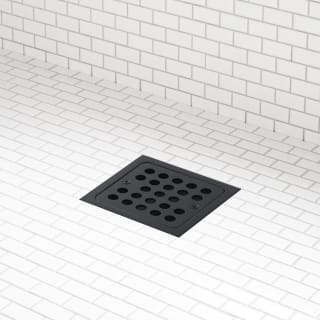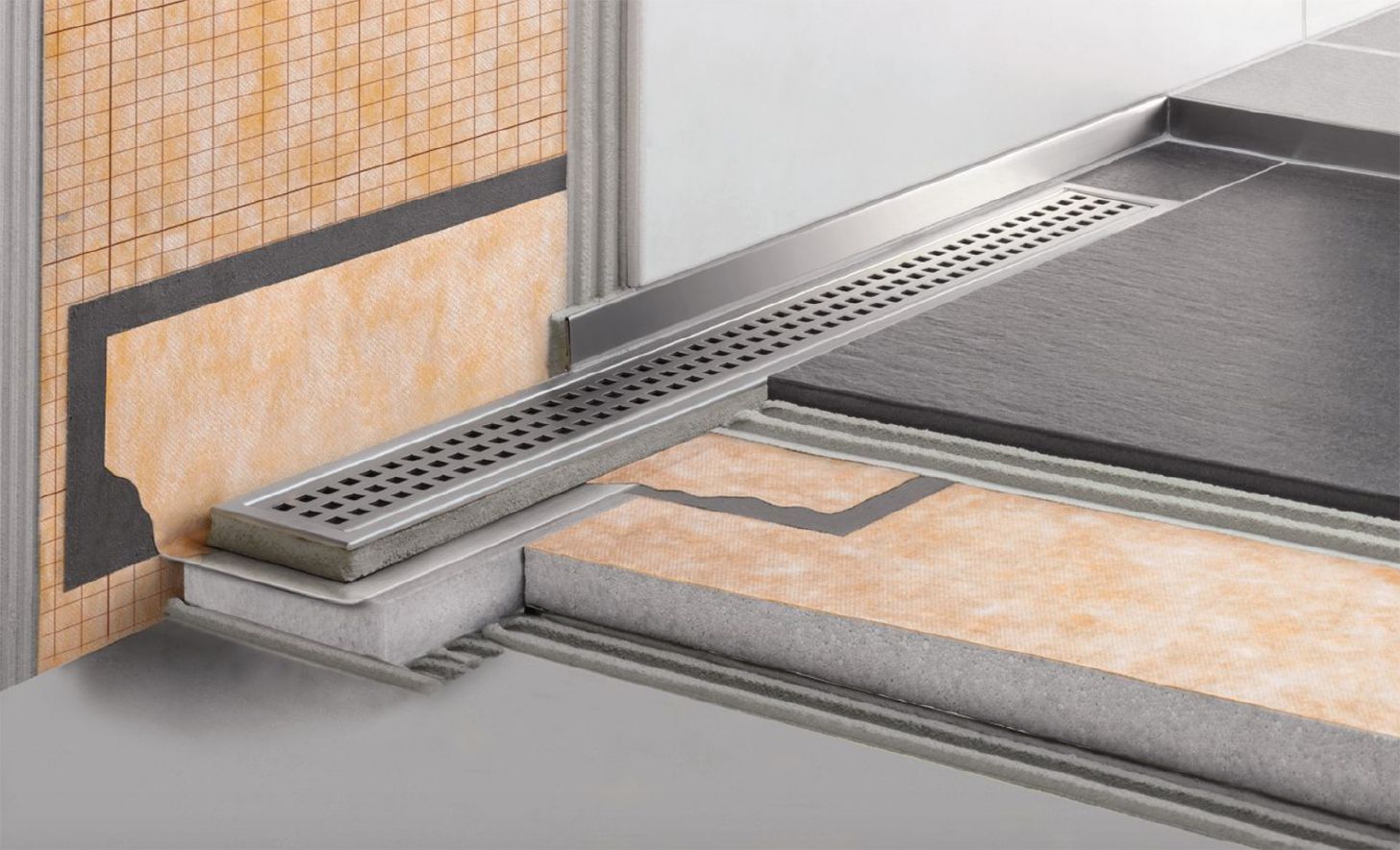Tackling-Dealing with-Managing Your Own-Personal-DIY Shower Drain-Bathroom Drain-Drainage System Installation-Setup-Project
Tackling-Dealing with-Managing Your Own-Personal-DIY Shower Drain-Bathroom Drain-Drainage System Installation-Setup-Project
Blog Article
Listed here in the next paragraph you will find a lot of professional information involving How to Install a Shower Drain.

Upgrading a washroom is among the a lot more preferred house renovation projects. Managing the plumbing for draining your shower can be exceptionally simple unless you overdo it.
Managing Your Own Shower Drainpipe Installation Job
Whether you are a bath tub or shower individual, many people seek shower only options when purchasing a residence. This straightforward fact indicates greater than a couple of homeowners spend a weekend updating or mounting showers in their restrooms. Luckily for you, it is a relatively straightforward procedure.
An enthusiast or pan refers to the horizontal surface located at the bottom of the shower. The enthusiast commonly consists of a non-slip surface somewhat banked in the direction of the facility or any place the drain is located. Combined with 3 to 4 inch wall surfaces around the side, the goal of your shower drain plumbing is to obtain the water to flow to and down the tubes.
You can literally develop an enthusiast for your brand-new shower, yet you actually need to consider it. Do you actually wish to enter into the problems of obtaining the sloping right, and also making certain every element of it is water-proof? And also I indicate every element! It is a lot easier to just purchase a pre-cast collection agency online or at your regional Lowes, House Depot or hardware store. Building one could seem like a terrific idea, yet you will possibly really feel in different ways after a number of hours.
Regardless of just how you set about getting a frying pan, you must make every effort to use one that has the drainpipe situated in the exact same spot as the initial pan. Relocating the drainpipe pipes can be a job, especially if the contractor utilized a distinct framing framework. If you are figured out to move the drainpipe, you are going to have to reduce the pipe or lengthen it, which might imply destroying big chunks of the flooring. Put another way, you are mosting likely to be checking out a multiple weekend break project.
Thinking we have our drain aligned, the real attach is fairly straightforward. The drain pipeline need to be facing upright as much as the enthusiast. It will usually look like a "U", which suggests it serves as a cleanout to maintain nasty scents from coming back up from the drainpipe. To attach the drain, you are mosting likely to develop a water limited connection in between a drain cap on the top of the pan and also the drainage pipeline. Systems vary, but you are generally mosting likely to do this by placing a coupling piece on the top of the drain pipeline. This is then covered with gaskets as well as essentially screwed into the drain cap. The drainpipe cap should serve as a locknut, to wit, it screws straight onto the coupling.
The challenging part of this procedure is obtaining your drain cap to fit into a water tight position in the frying pan. This is completed by withdrawing the drain cap when you make sure every little thing fits together. At that point, you placed plumbers putty around the underside of the cap and after that screw it back on. The putty needs to form a tight seal in between the cap and the shower frying pan, which keeps water from trickling under it as well as right into the mounting under the shower.
Clearly, washroom showers come in a variety of designs nowadays. If you buy an enthusiast, they generally featured plumbing guidelines or the shop can keep in mind anything uncommon you should know. It sounds complex, but is generally pretty simple. Have a good time!
Tips for Installing a Shower Drain Assembly
Renovating a bathroom can be exciting as well as fulfilling if you’re tackling the job DIY-style. After you cross off the bigger decisions such as tile style, paint colors, and fixtures, you’ll need to finalize smaller details – such as the shower drain. In this article, we’re sharing some tips for selecting and installing the right drain assembly for your updated shower.
What is a shower drain assembly?
Shower bases or pans typically only come with a pre-drilled drain hole. Since the pan slopes toward the drain, you should consider the placement – left, center, or right – when designing your shower. You’ll need to purchase and install a shower drain assembly that connects the shower pan to the drain pipe underneath the shower. There are a few types of assemblies, which will be covered below.
Size of a shower drain
When it comes to installing drains, size matters. The recommended pipe size for a shower drain is 2 inches, whereas most tubs use 1.5-inch pipes. Why the difference?
Shower pans are shallower than tubs, so there’s a higher risk for overflow. So, the larger pipe allows for quicker draining. If you are replacing an old tub with a newer stand-up shower, you will need to make additional plumbing adjustments to accommodate the 2-inch pipe.
Types of shower drain assemblies
There are three common types of shower drain assemblies: compression shower drain, solvent-glue shower drain, and tile shower drain. The layout, design, and materials of your shower can determine which type of shower drain assembly will work best.
Compression shower drain
This type of assembly attaches to the drain pipe with compression washers and nuts. The drain fitting is typically installed into the base, and then the base is installed into the bathroom floor. This makes compression-style drains easier to install than other options, particularly if you don’t have easy access from the floor under the shower base. Drains are available in a wide range of materials such as PVC (polyvinyl chloride), ABS (Acrylonitrile Butadiene Styrene), and brass, and can be used for acrylic, fiberglass, and steel shower bases.
Solvent-glued shower drain
Made of either polyvinyl or ABS, this type of shower drain is sealed to the drain pipe with solvent glue and silicone. Since you’ll be working underneath the drain pan, we only recommend using this type of drain if you have access under the shower, such as from a basement or crawlspace. It’s also important that you match the type of plastic of the drain with the drainpipe. If you take these precautions, you can install a solvent-glued drain assembly with acrylic, fiberglass, and steel shower bases.
Tile shower drain –
Drain assemblies for custom tile showers feature a waterproof membrane liner placed between two flanges. The tile is installed on top of the liner, collecting any water that seeps through the porous grout. A metal strainer is installed in line with the tile over the drain.
https://www.epshawaii.com/blog/tips-for-installing-a-shower-drain-assembly/

I'm certainly very curious about How to Install a Shower Drain in a Basement and I really hope you enjoyed our page. Are you aware of someone else who is in the market for the topic? Please feel free to share it. I praise you for your time. Visit us again soon.
Report this page